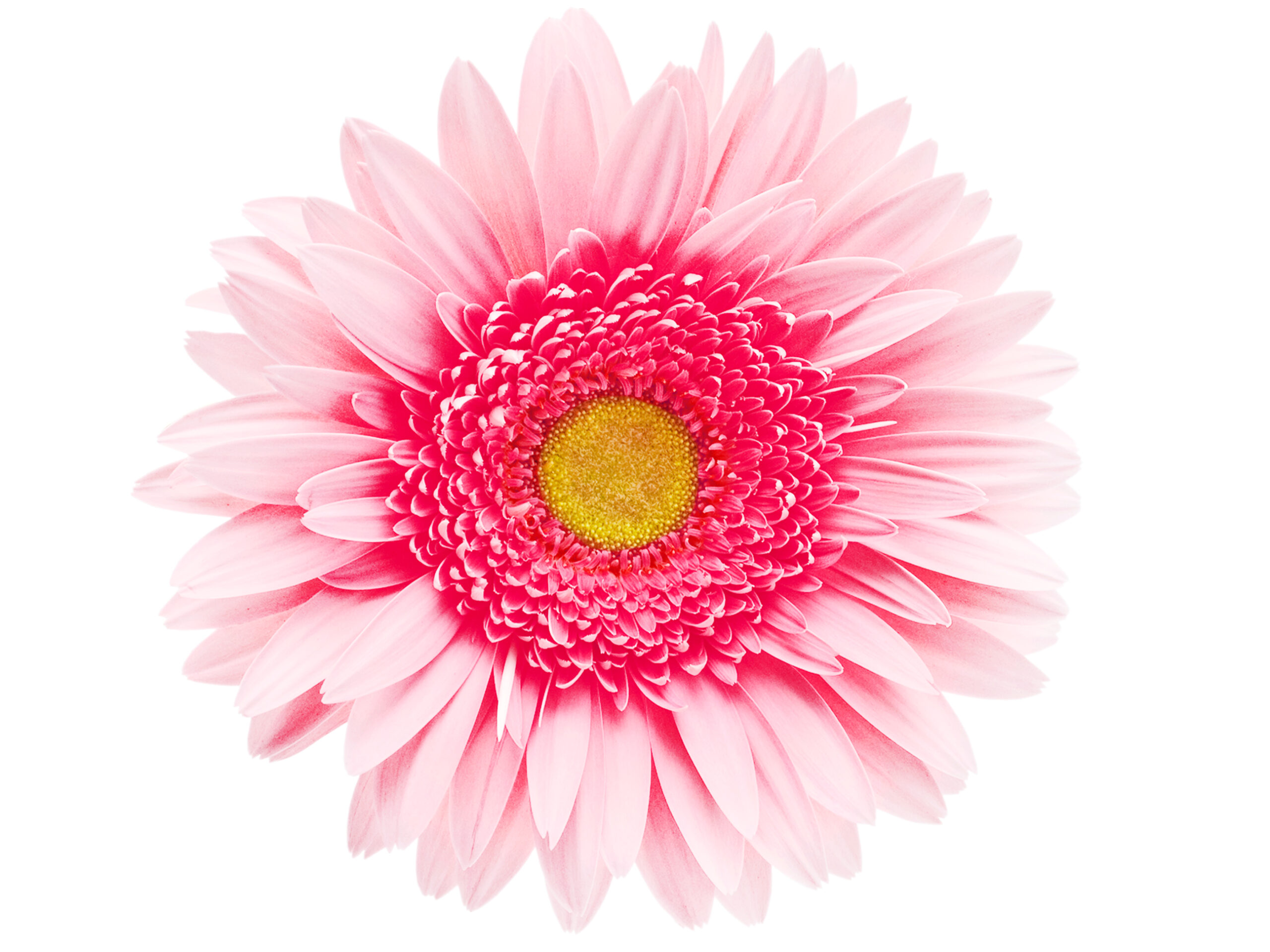Hello!
Personally, as a kid, I never liked the smell of brussel sprouts. If I don’t like the smell of something, how can it taste good, right? Well that is my philosophy when eating food. It’s was just a couple years ago when I first started eating brussel sprouts. I was working in NYC and one of the buffet restaurants had roasted brussel sprouts with something spicy either hot pepper or wasabi. Now the best way I like to eat brussel sprouts is to roast them in the oven or the grill. I was growing brussel sprouts plants last year for the first time.
 In this post I am going to discuss the history of brussel sprouts, the brussel sprouts nutritional value, how to grow brussel sprouts, caring for brussel sprouts and disease and pests that can attach your brussels sprout crop.
In this post I am going to discuss the history of brussel sprouts, the brussel sprouts nutritional value, how to grow brussel sprouts, caring for brussel sprouts and disease and pests that can attach your brussels sprout crop.
History of Brussels Sprouts
The history of Brussels Sprouts were first in the 13th Century, the Brussels Sprouts was cultivated in Brussels Belgium. The French Settlers arrived in Louisiana USA, The Belgium cabbage was introduced to the USA in the 18th Century. Because of the high nutritional content the small cabbage spread through the USA and around the world. The Belgian Cabbage was very popular, which is the reason for it’s name. These mini cabbages were heavily cultivated and consumed in Brussels Belgium.
Brussels Sprouts Nutritional Value
Brussels Sprouts nutritional value is high in dietary fiber, vitamins D and C, also Folic Acid. Brussels sprouts also contain high levels of polyphenol plant compounds known as “glucosinolates.” Nutritional science believes that these compounds could have a preventative effect on cancer.
- The scientific name is Brassica Oleracea
- 1″ in diameter with lots of vitamins and minerals
- Some people don’t like Brussels Sprout due to the strong odor but these little nuggets are very healthy.
- Family: Brassicaceae (Mustard)
- Season: Cool
- Ease of growing: Moderate
- Nutrient needs: High
- Water needs: Moderate
- Common propagation: Transplant
How to Grow Brussels Sprouts
Brussels Sprouts are a hardy plant and like colder climates. Brussels sprouts will grow in warmer climates but prefers northern colder climates. This plant starts to get heavy in the autumn, be sure to use a support stake from the wind breaking the stem.

- Germination temperature: 45°F to 85°F
- Germination time: 4 to 20 days
- Viability: 3 to 10 years
Transplants from indoor
- Weeks to grow transplants: 4 to 6
- Start: April to May. Warmer climates Jan to Feb
- Plant out: mid-May to mid-June. Warmer climates mid-Feb to mid-Apr.
Planning facts
- Typical spacing: 18” x 30”
- Square foot per plant: 2
- Time to harvest: 95 to 115 days from transplants
The best tasting brussels sprouts are grown in fertile, rich soil, with well drained soil. You will wait to harvest after fall frosts. Brussels sprouts in Michigan are usually grown from transplants set out in mid-summer. Because they are hardy, and can often be harvested well into December. As with its close relative, broccoli, cold fall temperatures result in a milder, sweeter flavor. This plant requires relatively high levels of potassium, so it’s advisable to run a soil test.
Start your Brussels sprouts four weeks before your planting date in mid-March. Take a modular planting tray and plant one seed in each seed starter container. Plant the seed at just under an inch deep in the tray, and the seeds
should germinate within 7 to 14 days. After germination finishes, the seedlings are ready for transplanting into the garden 4-weeks later.
Don’t let the seedlings dry out before transplanting them into the garden. Use a misting spray bottle to ensure the soil remains moist during the germination and early establishment phase. Gardeners need to balance the waterings. Overwatering can cause the plant to stunt the growth and increase of root rot.

Caring for Brussels Sprouts
After planting your Brussels sprouts in the vegetable garden, water deeply, and then let the soil dry out over the next two to three days. Allowing the soil to dry out a bit between watering helps the roots grow as they search the ground for water.
If you live in a warm climate, water your sprouts every other day. If your Brussels sprouts are grown in colder climates, twice a week is enough watering to ensure the best growth. Overwatering can lead to root rot and end the life of your brussels sprout plant.
- Organic fertilizers are a great idea to give your sprouts all
the nutrients they need throughout the growing season. - Feed your plants every
4-weeks throughout the growing season and hoe the soil for weeds as they
start to emerge. Weeds compete for the same resources as your Brussels,
and don’t let weeds establish and spread in the garden. - Work
a gardening fork through the soil every few weeks to improve aeration
in the roots. Providing more air to the roots while growing increases
the size of your Brussels come harvest time. - Make sure that you
stake down your Brussels sprouts in the autumn, as they get top-heavy and may cause it to fall over in high winds. - Stake your
plants by driving a 2-foot wooden or plastic stake 2-inches away from
the base, and then loosely tie the trunk of the plant to the stake using
gardening tine.
Disease and Pests
There are disease and pests that also like brussel sprouts. Some of the common diseases and pests to look out for with your brussel sprouts include the following.
- Cabbage Root Fly
– If you notice wilting in the foliage, and when you pull the plant
from the ground, there will be white maggots around the roots. These
bugs are a common problem with new transplants. - Cabbage Caterpillars – Butterflies lay clusters of eggs under the leaves. When they hatch, the caterpillars suck the juices out of the leaves.
- Cutworms and Leatherjackets – These pests live under the soil and emerge at night to feed on your plants.
- Aphids – Look on the stems for signs of aphids congregating.
- Clubroot Disease
– Damages the root system turning them thick and woody, killing the
plant. Clubroot infects all nearby brassicas, and this pathogen can live
in the soil through winters for up to 9-years.
Control
pests using an organic pesticide like neem oil. Spray it on the plants
and stop treatment at least two to three weeks before harvest.
 Harvesting Brussels Sprouts
Harvesting Brussels Sprouts
- Brussels sprouts will start to ripen at the base of the stalk.
- When
harvesting, begin at the bottom and work your way up the trunk as you
go. You can harvest your Brussels sprouts in stages over a few days to
ensure all the sprouts are ripe when picking. - Remove all yellow foliage when harvesting to prevent attracting disease to the plant.
- After
finishing your harvesting, don’t rinse the sprouts. Pack them into
Ziploc bags and store them in the crisper drawer of your fridge. - Another option is to blanche your Brussels and then freeze them for long term storage up to 6-months.
- After you harvest, dig up the root and either burn it or send it to the landfill, don’t add it to your compost heap.
Happy Planting!
I grew brussels sprouts for the first time last year. I was amazed on how big they got. Below is a picture of me with the harvest of Brussels Sprouts, Fall of 2020!
Do you grow brussels sprouts? How did they do? Leave a comment below and let me know! I would love to hear from your!

Follow me on Facebook Group Gardening at the Simongetti North
Check out my YouTube Channel Gardening at the Simongetti North
Cheers!
Chris



Hi Chris
Thanks for sharing your views on the exotic vegetable – Brussels sprouts. Whenever I came across to your website I find something new every time. The Brussels or the mini cabbage has an instant appeal and attracted me to read about it in detail. These are not available in our part of the world, and I wonder if they taste similar to the cabbage.
Warm Regards
Gaurav Gaur
Thank you for your comments. I never thought of Brussels Sprouts being exotic. I guess if you don’t have something it could be. They do taste like mini cabbages. I like to roast them in the oven or the grill.
Hi Chris,
I love vegetables, and any piece about vegetables I must go through. Your article is very interesting, I never knew the nutritional value that comes with Brussel Sprouts, it has even nutrients that can prevent cancer…I have to spread this word to my loved ones This is incredible! Thank you for this informative article.
Gad.
Hi Gad,
Thank you for your comments and please do share my website with friends and family that may benefit from my website. Vegetables are great food for our body and mind.
Hi Chris
I like my Brussels sprouts roasted too :)My husband plants a garden every spring with the usual supects, green beans, tomatoes, zucchini and potatoes but I never thought to plant Brussels sprouts. After reading this informative article I think we may have to give it a try. We usually plant our tomatoes and zucchini from established plants but I have never seen any Brussels sprout plants or seed for that matter. I may have to do some searching online next spring.
Now you have me wanting to add Brussels sprouts to our garden:)One question why not add the harvested plant to your compost?
Taianne
Hi Taianne,
I purchased Brussels Sprouts seeds from Botanical Interests. I have 3 plants started from seed. Cruciferous plants are susceptible to viruses that can spread to your garden. I hope you plant some Brussels Sprouts and let me know how it goes! Thank you for commenting.
Thank you for an informative article on Brussel sprouts. I had no knowledge at all how this delicious vegetable is grown and how it looks like from initial stages up to maturity. I am really amazed. In Namibia at the desert, the colder months are between June and August, now I am wondering if I can experiment on growing these too!
Namibia imports Brussel sprouts from South Africa. I am amazed at the fact that the life span of this vegetable is 10 years! It is really of great value to have one or two trees for a family garden. I see that you have a detailed content on how to take care of the plants and also the type of pests which are a threat to the plants. this is very much appreciated.
Thank you for your comments and appreciate the kind words
I’ve live in Phoenix Arizona and I have never had my brussel sprouts even germinate, probably because I’ve been planting directly in the ground in February. We have been having warmer winters here so from your planting schedule, I’m going to try starting in October and planting in November. I did that with broccoli one year and it did very well. Roasting them sounds like a good way to prepare. I’ve always just steamed and served with butter and salt. Thanks for the growing tips.
Hi Max,
With living in Arizona, you would need to plant the opposite times of what I would plant here in Michigan. Let me know how it goes. They are a cold hardy plant. Thank you for your comments and stop back again,